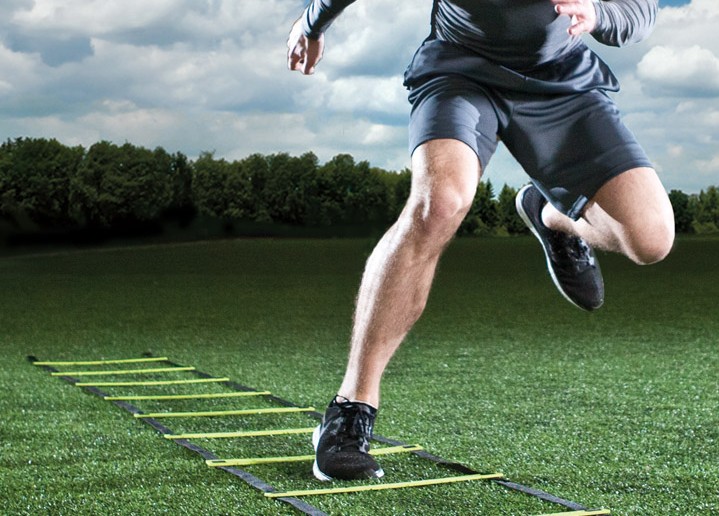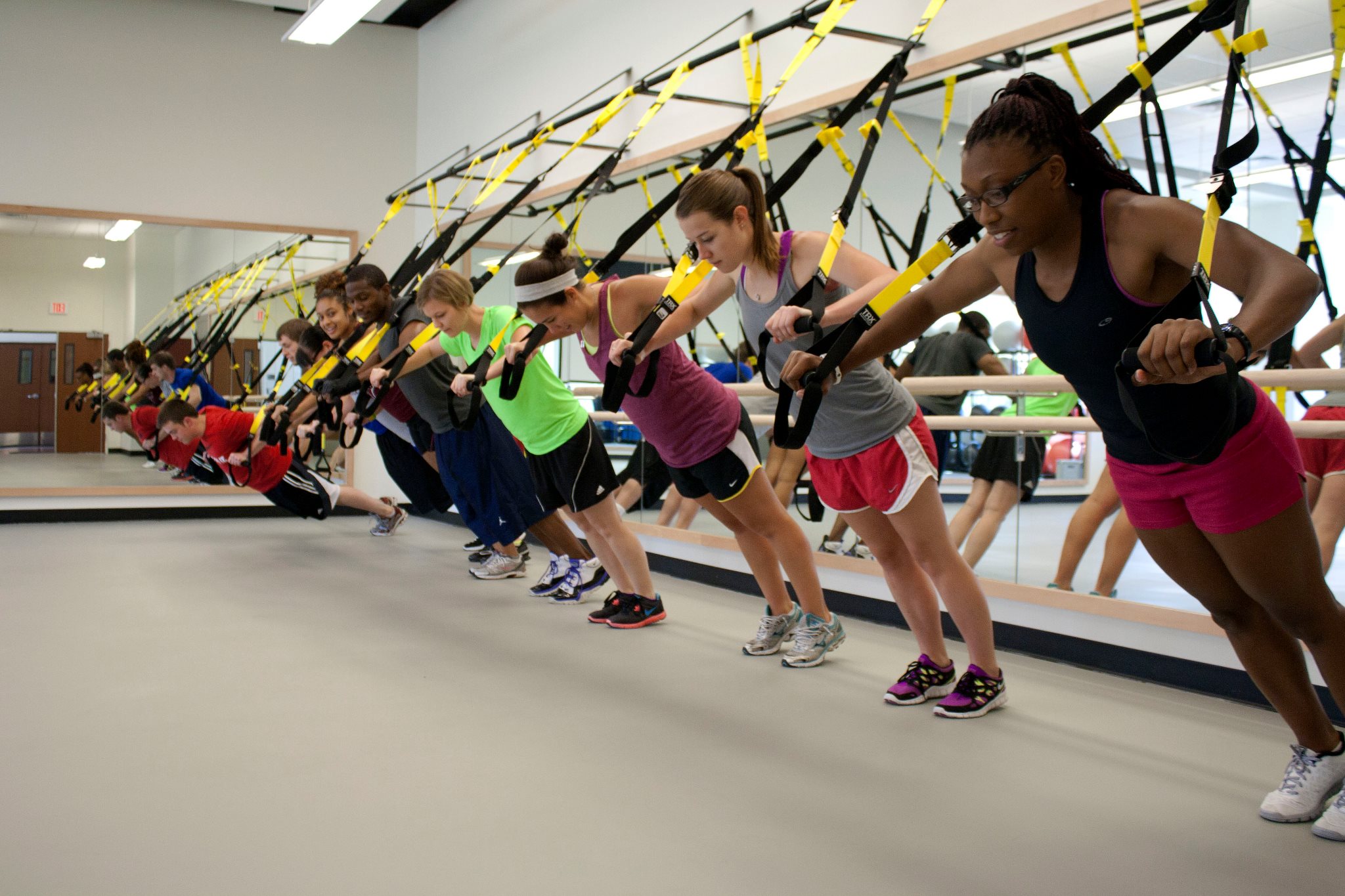Power Training: Don’t Overlook Plyometrics
Plyometrics are about jumping. In the original texts they were also about throwing. This is a type of exercise that has been around for a long time, is extremely effective with increasing power, and does not require a lot of equipment! Plyometrics, at a minimum, require space and a non-slip surface. In this post we’re going to talk about why plyometrics are important, classifying them, and how to employ them in a strength and conditioning program.
Plyometrics seek to take advantage of the muscles’ stretch shortening cycle (SSC). The idea is to put the muscle on a fast stretch. This fast stretch means that the muscles are lengthened. Muscles don’t “want” to be lengthened, so the reflex is for them to start shortening to be protective. This is called the stretch reflex.
Putting the muscle on a fast stretch and then immediately reversing directions and shortening it taps into the stretch reflex which allows the athlete to generate more power than they would have without the reflex. In other words, it all has to be fast: fast stretch, minimal transition time, and fast contraction. Almost all plyometric exercises take advantage of this!
I divide plyometrics into two types, each of which has further subcategories. The first type are single effort jumps. These are all out efforts that are done vertically or horizontally. The long jump is a great example. The second type of multiple effort jumps. These are jumps that are done vertically or horizontally but involve several jumps strung together. The triple jump is a great example. Plyometrics can be further subdivided into double leg jumps, single leg jumps, jumps with weight, depth jumps (for single effort jumps) or double leg jumps, single leg jumps, bounds, and box jumps (multiple effort jumps). Future posts will cover these.
Plyometrics need to align and support the rest of the workout. For example, if the focus is on maximal strength then plyometrics should be focusing on single effort jumps (i.e. all out effort) and similar movement patterns – i.e. horizontal or vertical emphasis. Since they require technique and power, they should be done towards the beginning of a session.
The next post will cover single effort jumps!



